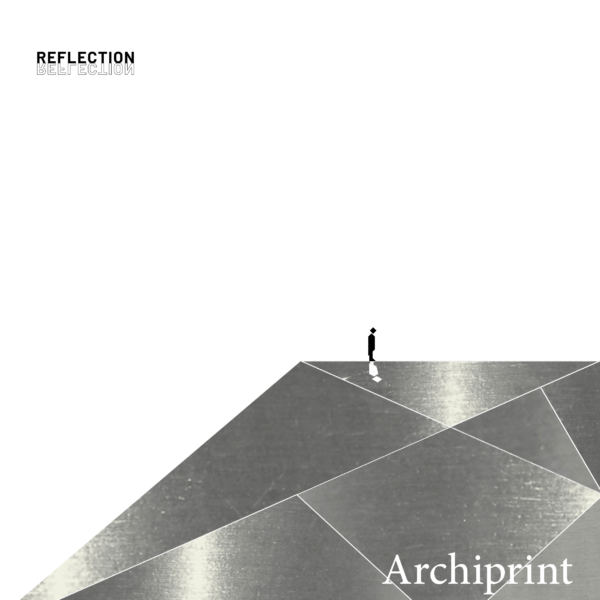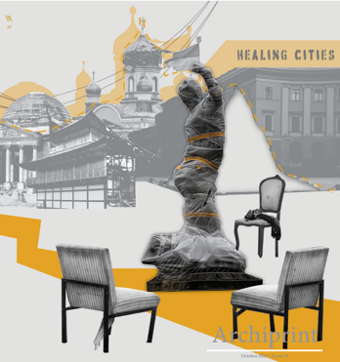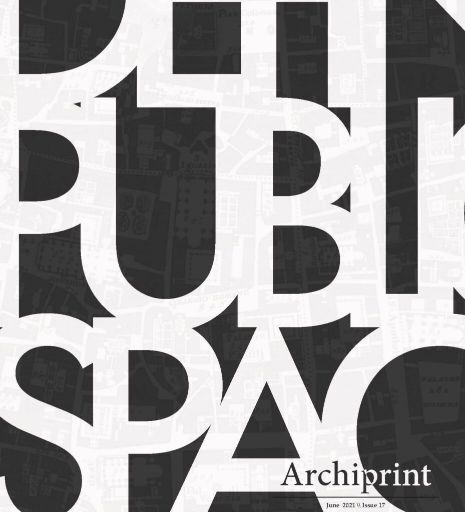Although nowadays many changes characterise the dynamics and definition of the architectural profession, some elements seem to be of all times. One of these elements is the competition in architecture; a rather strange phenomenon that has been part of the architects line of work throughout the ages and withstood all different kinds of periods and styles.
The list of reasons why a student should participate in design competitions seems to be endless. Of course the winner gets a lot of attention, but aside from that all participants will have the opportunity to work on their skills. Whether it may be improving the design process, discovering new architectural concepts, or simply developing visualisation skills: competitions offer many ways of improving yourself.
However, the question is whether or not competitions contribute to a sophisticated view on architecture as well. Nowadays, a lot of large, interesting projects seem to be organised as a competition, but is this the right way to gather the best designs? Of course, the client has the opportunity to pick the design of his choice from a huge pile of contributions. Especially now, during the economical meltdown amongst architectural offices. Some offices have to participate, otherwise they might end up out of work. On the other hand, these offices may design their contributions strategically: what will stand out from the designs of other contestants?
This issue will discuss the topic of competition in architecture. First, its field and history are explored through a variety of approaches of offices and writers. The second part of this issue will be a showcase of what student contestants were able to contribute to past competitions, and to the debate that is called architecture.






